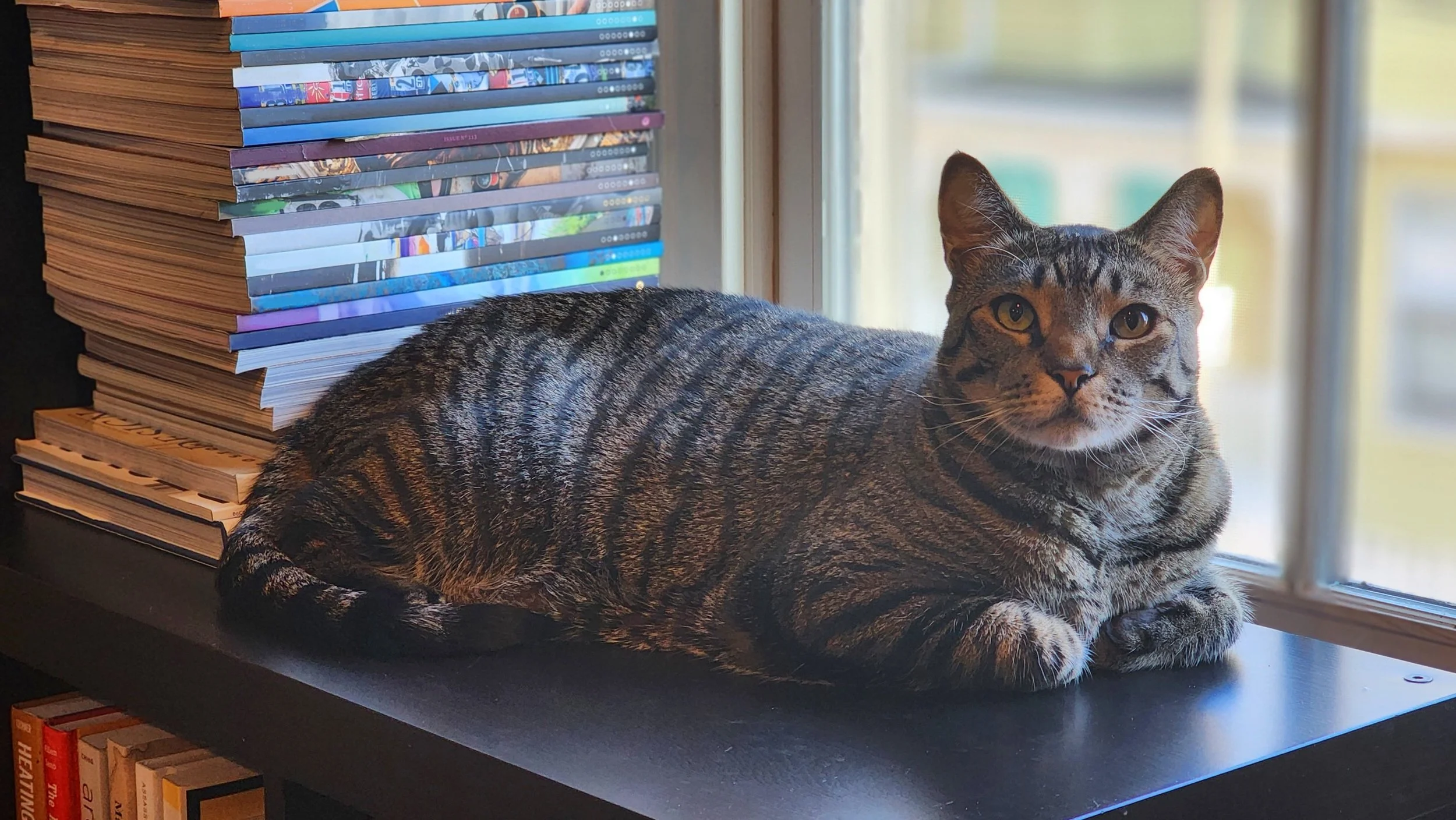Why Is My Cat Not Using The Litter Box?
/It’s never pleasant to find a mess around the litter box. It’s even worse if the mess is the result of litter box aversion, defined as a preference for urinating or defecating in places outside the box. However, a cat never avoids the litter box out of spite or anger towards the owners. It is their way of telling us that something is wrong, and we need to take it seriously.
The first thing to consider is that litter box aversion could be the result of a medical problem. This is especially true if it is a new behavior. There are multiple medical conditions that could cause a cat to avoid the litter box, and some of them may be critical and require immediate treatment. A visit to the veterinarian is required for diagnostics and treatment, or at least in order to rule out a medical cause.
Glitch, doing business.
There are also multiple behavior reasons for a cat to avoid a litter box. Many times, it can be a combination of behavior and medical issues. Once a medical cause is ruled out, a solution may be found through some changes to the cat’s litter box environment that will help the cat feel comfortable and secure using the litter box. Often, a combination of a few minor changes can bring a solution to the problem and encourage your cat to use the litter box again.
Here are some questions to consider. This is just a partial list, and the links throughout this post provide additional information and considerations.
How frequently am I scooping the litter box? - Cats appreciate a clean environment and a clean litter box. The litter box should be scooped at least once a day.
Is the litter box location making my cat feel unsafe? - If the litter box is in a noisy or a bustling area, the cat may not feel safe using it. There are multiple factors to consider when selecting a good spot for the litter box.
Are there enough litter boxes in my home? - In a multicat household, the recommended number of litter boxes is the number of cats plus one. This helps ensure that all the cats have access to the litter box at any time, and helps prevent territorial conflicts.
Is there a right amount of litter in the box? - For most cats, the litter should at least cover the bottom of the box, giving the cat enough litter with which to cover their business. Usually, this means litter that is about 1-2 inches deep. However, I have cared for some older cats who had arthritis or other mobility issues, and therefore were not feeling comfortable or stable standing on top of the litter. These cats often preferred a box with minimal amount of litter or no litter at all. In such cases, using a pee pad could be helpful.
Do you use a liner in the litter box? - Some cats don’t mind a liner, while others find it uncomfortable if their claws get stuck in the liner, or there’s urine that pools in the creases.
Considering changes that can solve unpleasant experiences will not only prevent accidents, but will also reduce the stress in your home and strengthen the special bond you have with your cat.









